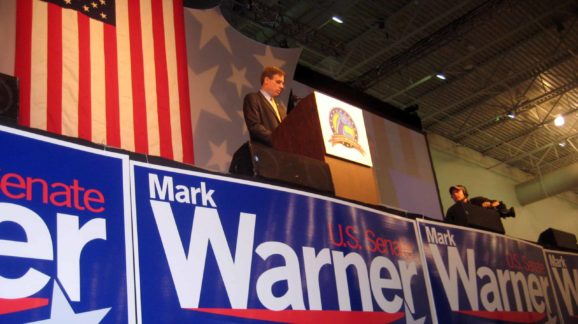‘One In, Two Out’: Trump’s Executive Order on New Regulations

 Some years ago, Sen. Mark Warner (D-VA) proposed a way to slow the growth of new regulations: one in, one out. If an agency wants to issue a new regulation, fine. But it has to offset that burden by getting rid of an equivalent dollar amount of existing regulations. With agencies issuing more than 3,000 new regulations every year, there is merit to the idea. President Trump is taking Sen. Warner’s idea one step further with an executive order requiring a one-in, two-out policy, as he promised during his campaign.
Some years ago, Sen. Mark Warner (D-VA) proposed a way to slow the growth of new regulations: one in, one out. If an agency wants to issue a new regulation, fine. But it has to offset that burden by getting rid of an equivalent dollar amount of existing regulations. With agencies issuing more than 3,000 new regulations every year, there is merit to the idea. President Trump is taking Sen. Warner’s idea one step further with an executive order requiring a one-in, two-out policy, as he promised during his campaign.
The order doesn’t specify that the two eliminated rules have to have an equal economic impact as the incoming rule. But it does require that agencies do not increase their net regulatory burdens this year, which will hopefully accomplish the same goal.
Additionally, with some exceptions, agencies will not be allowed to issue new rules that have not first appeared in the Unified Agenda, a twice-yearly document in which all rulemaking agencies list rules they intend to implement in the future.
Finally, the order lays the groundwork for an idea that CEI and others have been pushing for more than two decades: a regulatory budget. Just as the federal government is supposed to issue a spending budget every year, it should also issue a regulatory budget where each agency is only allowed to impose a certain amount of regulatory costs.
The trouble with this proposal is that cost estimates for regulations are notoriously subjective and imprecise. Different agencies use different standards for their in-house cost estimates, and often fudge the numbers in their favor. The Office of Management and Budget also reviews only a fraction of incoming rules.
Trump’s new executive order directs the White House’s Office of Management and Budget (OMB) to come up with new cost estimate standards, which hopefully will improve matters. But we cannot expect perfection. Even so, it is important for agencies to at least consider the total costs they impose on consumers, businesses, and innovators. Agencies and OMB have a lot of discretion in how they will comply with the order, and a lot of details need to be filled in. But so far, it looks like an important step in the right direction for reining in regulatory costs.
My colleague Wayne Crews has more advice for the White House on this topic in his recent Web Memo First Steps for the Trump Administration: Rein in the Regulatory State.